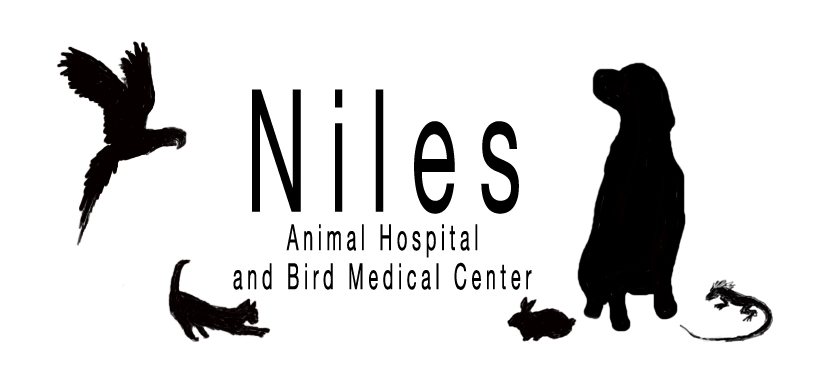Educational Articles
-
Medroxyprogesterone acetate is given by mouth or injection and is used off label to treat reproductive conditions, sexual behaviors, and certain types of dwarfism and alopecia. Give this medication as directed by your veterinarian. Common side effects include increased appetite, increased thirst, weight gain, sleepiness, or changes in personality. Do not use in pets that are allergic to it, pets with diabetes or uterine bleeding, or prior to puberty, during pregnancy, 1-2 months after a heat cycle, or to treat false-pregnancy. If a negative reaction occurs, please call your veterinary office.
-
Megacolon is extensive stretching of the colon and resulting constipation. It occurs when the nerves to the colon do not function normally, causing the muscles of the colonic wall to not contract properly. The muscles then become stretched over time and the colon enlarges in diameter. Fecal material accumulates in the distended colon, resulting in severe constipation called obstipation.
-
Megaesophagus is a disorder in which the esophagus dilates and loses motility. When esophageal motility is decreased or absent, food and liquid accumulate in the esophagus and have difficulty getting into the stomach. Regurgitation is the most common sign of megaesophagus. Weight loss or failure to gain weight, as well as aspiration pneumonia, are also common signs. Treatment is focused on managing the symptoms.
-
Megestrol acetate is given by mouth in the form of a tablet or liquid and is used in dogs or off label in cats to postpone the heat cycle or to treat false pregnancy. It can also be used off label in male dogs to treat prostatic hypertrophy. It should not be used in pregnant pets or pets with uterine disease, diabetes, or breast tumors.
-
Melanomas are cancerous growths of the cells responsible for pigmentation of the skin. They can develop anywhere on the body but those on the toes carry the highest chance for malignancy. They may be painful and you may notice your pet licking at the affected area. Surgery is often the treatment of choice and may be followed up with radiation or chemotherapy.
-
Melatonin is given by mouth or as an implant under the skin and is used to treat sleep and behavior disorders, adrenal disease, and non-allergic hair loss, to suppress the heat cycle, and to improve breeding rates. Give as directed. Side effects are not common but may include sleepiness. Do not use in pets that are allergic to it. If a negative reaction occurs, please call your veterinary office.
-
Melioidosis is a bacterial infection that is typically associated with tropical regions. The bacteria that causes melioidosis, Burkholderia pseudomallei, is usually found in soil and water. The clinical signs of this condition, along with transmission, diagnosis, treatment, and prognosis, are outlined in this handout.
-
Meloxicam (brand names Metacam, Meloxidyl, Loxicom, OroCAM) is given by mouth in the form of a liquid, capsule, or tablet to treat pain and inflammation in dogs, cats, and other small mammals. Do not use this medication in pets that are allergic to it, or in pets concurrently using corticosteroids or other NSAIDs. If a negative reaction occurs, call your veterinary office.
-
This handout summarizes the many options available to help celebrate your pet’s life and ways to help deal with your grief following the loss of your beloved pet.
-
This handout discusses meningitis, an inflammation of the membranes that cover the brain and spinal cord, in cats. The numerous potential causes, along with the diagnosis, treatment and prognosis of the condition are outlined.

